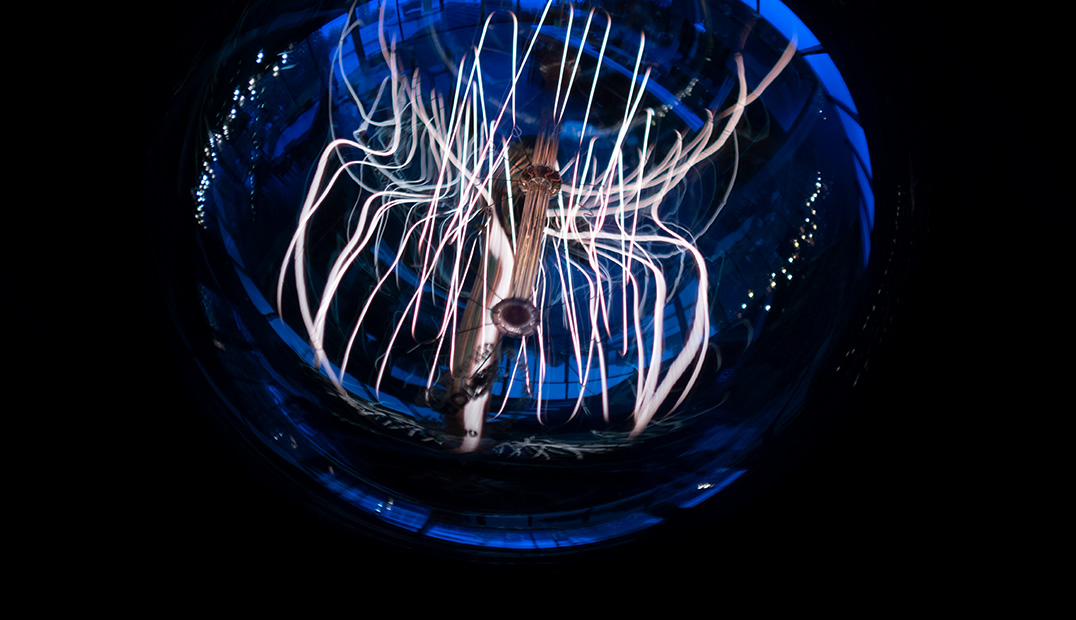
Post-processing photos
Photography is as important in art history (and human history) as drawing or painting, we don´t give enough attention to it such as the big name painters, but without photography, painting would not be the same. After the practice of taking photographs became affordable for the general public, the main function that painting used to have, which was to portray people, scenes and history, gave place to explore new expressions on painting, because photographs fulfilled these functions.
Nowadays photography is in everyone´s pocket, allowing anyone to be an instant photographer, widening the possibilities of creativity through exploration. But becoming a good photographer, just like a great chefs, takes time, practice and learning the basic rules that make great cooking, along with a personal touch of flavor. There are thousands of books on photography and my intention is not to write one here, but to share some rules and tips that I follow for my work.
Digital photography allows to do a lot of post-editing, which can turn into a mess if is not controlled or done correctly. With old school photography retouching was a matter of manual labor and ability, you even had to be a good painter, but nowadays editing software is affordable for everyone. Since editing is easier in post-production, most photographers do not worry anymore to prepare for it, losing part of the message that the moment is communicating.
In art school teachers used to grade students, based on several factors, one of them included how much the photography was modified, laying the idea that good photographers most not modify the photo, just to retouch the less possible to fix technical errors. Instead, students were thought to be aware of the framing, color, objects, composition and characters of those no more than 10 seconds when the picture is taken.
This basic principle remains to these days and the photographer must be very careful on how much editing it does. Avoid retouching too much in a photo, no more than 10% of the photo should be modified. Only the necessary corrections such as color or cutting objects out of the photo; it is recommended that cutting a photo should be proportionate to the format of the original photo, not always applies. Some objects can be erased from the photo if it helps to clean it but it is preferred to avoid it.
Too much editing reduces the message of the photograph because the good photographer adds small details to the composition that are important to communicate an idea.